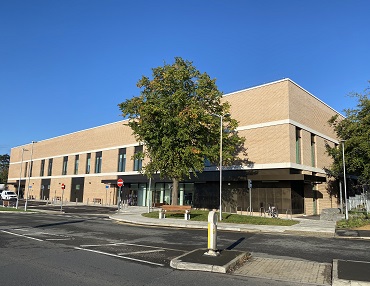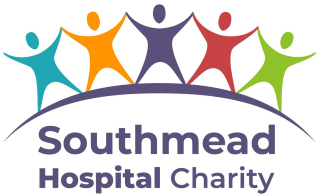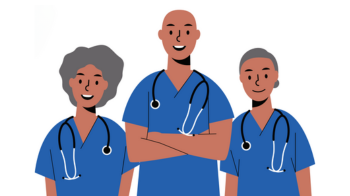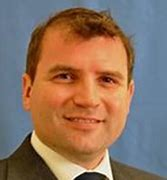Why have I been given this information?
You have been given this information as you are currently taking or about to start taking one or more of the following medicines:
- Rifampicin.
- Rifinah® 300 tablets (rifampicin 300mg / isoniazid 150mg).
- Rifater® tablets (rifampicin 120mg / isoniazid 50mg / pyrazinamide 300mg).
- Voractiv® tablets (rifampicin 150mg / isoniazid 75mg / pyrazinamide 400mg / ethambutol 275mg).
- Pyrazinamide 500mg tablets.
At the moment these medicines are in short supply across the UK.
What are these medicines used for?
All of these medicines are used to treat tuberculosis (TB).
Rifampicin may also treat other infections like Non-Tuberculous Mycobacteria (NTM) or infections affecting bones or joints.
Why are there shortages?
Shortages can be caused by many reasons. For example, because of problems with making them or more people needing them.
How long will the shortages last?
We expect the shortages will last until at least the end of 2025, but this date may change.
Will my treatment need to change?
The shortages may affect different medicines at different times.
Your specialist team may need to change you to a different medicine(s) if we do not have supplies of your usual medicine(s). The medicine(s) you receive may be
- The same medicine, but from a different country. This is called an “unlicensed” medicine. There is information about unlicensed medicines at the bottom of this page. This medicine might look different to your usual medicine or have information that is in a different language. If the information is in a different language, we will give you a separate leaflet with this information in English.
The medicine will always have the same active ingredient as your usual medicine, but may have different ingredients to those listed in the English leaflet. If you have any questions or worries about this please ask your specialist team or the hospital pharmacy. - The same medicine, but a different strength. This will mean that you need to take a different number of tablets or capsules to give your usual dose.
- A different medicine. Sometimes this might mean taking more than one medicine in the place of your usual medicine if this was a combination product, for example Rifinah®, Rifater® or Voractiv®.
Any change that needs to be made to your medicine(s) will be discussed with you by your specialist team.
What does this mean for me?
It is important that you continue to take your medicine(s) as prescribed for you – do not change how much you take unless your specialist team have told you to do this. Please do not stop taking your medicine(s).
If you think something is different about your medicine(s), please ask your specialist team or contact the hospital pharmacy.
How will I get my medicine(s)?
The medicine(s) affected by the supply shortages are all prescribed by your specialist team and supplied by the hospital pharmacy.
We are working to make sure we have enough supplies for everyone. To do this, we need to supply your medicine(s) in smaller amounts and more often – known as “instalment supplies”.
We will supply your medicine(s) in 4-week amounts (instalments), every 4 weeks until the prescription is complete.
For North Bristol Trust (NBT) patients, the hospital pharmacy will automatically get these supplies ready for you to collect from the pharmacy in Southmead Hospital every 4 weeks.
For University Hospitals Bristol and Weston (UHBW) patients the hospital pharmacy will automatically get these supplies ready for you to collect every 4 weeks. Please confirm with your specialist team where you need to collect these from – this will usually be the hospital pharmacy or the TB clinic.
Please put a reminder in your diary to collect your new supplies at least 1 week before you run out of your medicine(s).
Hospital pharmacy contact numbers and opening hours
| Location | Phone number | Weekdays | Weekends and bank holidays |
|---|
| NBT (Southmead Hospital) | 0117 414 2236 | 09:00 – 18:00 | 09:00 – 16:00 |
| Bristol Royal Infirmary (BRI) | 0117 923 0000 | 08:30 – 19:00 | 09:00 – 17:00 |
| Weston General Hospital | 01934 414 584 | 09:00 – 18:00 | Saturday 09:00 – 17:00 Sunday and bank holidays closed |
If you are not able to collect your medicine before you run out, please contact your specialist team immediately.
Who can I speak to if I have any questions or worries?
About unlicensed medicines
This information explains what it means when medicines do not have a licence.
Because of supply shortages with your medicine(s) we may need to give you an unlicensed medicine instead. We want to reassure you that we have thought very carefully about the best medicine for you.




